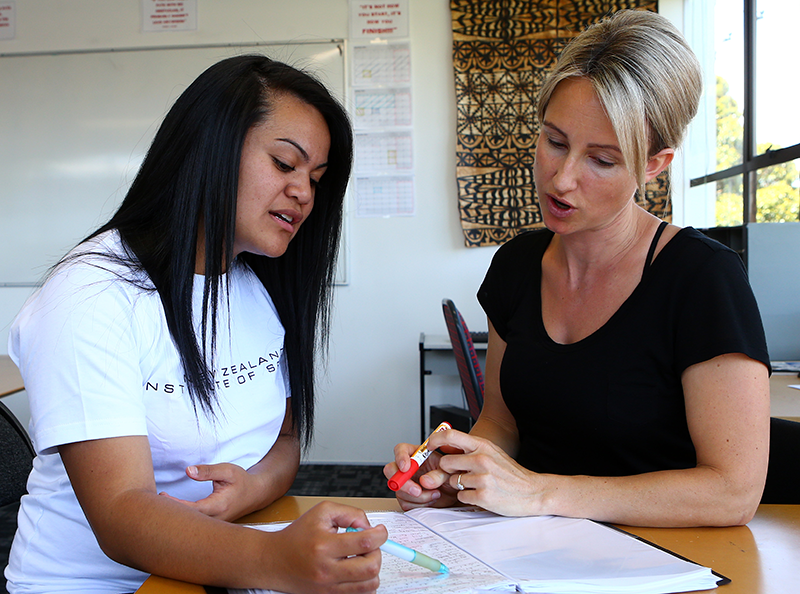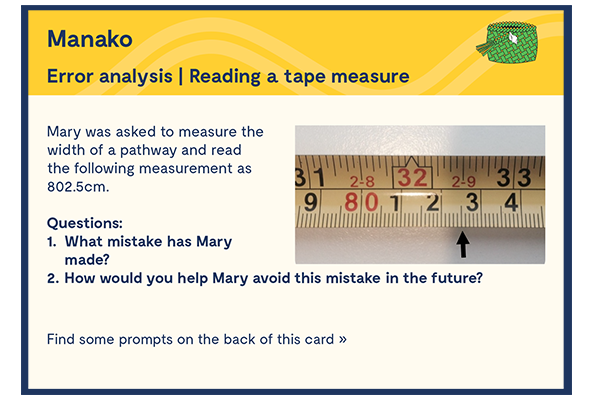Error Analysis Collection | Effective solutions to common numeracy issues
This resource collection is designed to make the most of learner mistakes when it comes to numeracy. It supports educators to identify learner errors and then design highly effective learning sessions that develop learners’ understanding.
Are mistakes bad? What even is a mistake? The answer might surprise you. In a learning environment a mistake is a positive!
Mistakes only occur when a learner has engaged, thought about how to do something, and then taken a risk. With the right analysis an educator can quickly provide feedback, identify where the learner has the difficulty and then pro-actively design a learning session that meets the need.
Learners' mistakes are an amazing opportunity to develop learner understanding.
Key ideas
- Learner errors offer key insights into their thinking.
- Mistakes are not random but based on rational learner misunderstandings.
- Mistakes are based on conceptual misunderstandings that learners have (blind spots).
- Identifying and understanding why the learner made the mistake provides a pathway to an effective learning sequence.
- Effective learning sequences build learner confidence, skills, and momentum!
A key paradigm shift for educators is to see learner errors not as a negative, but as a window into their thinking, illuminating the small misunderstandings that might be preventing success. A learner error is a gift, as it provides a key insight into the mind of the learner and a road map for the instructional solution. Errors are gold nuggets for educators and a key component of effective language, literacy and numeracy instruction.
The two types of mistakes
There are essentially two types of mistakes.
- Mistakes made because of an oversight. These occur when the learner knows what to do, but has a slip of concentration. These mistakes can be easily addressed through simple feedback and developing the habit of checking the work twice.
- The second type of mistake is more interesting. These are errors that the learner is likely to repeat due to a conceptual misunderstanding. These are the errors we will address in this resource collection.
The collection includes a series of common second-type mistakes that adults make in a variety of settings. All the mistakes are real, all the mistakes are common, and all are underpinned by a conceptual misunderstanding. The beautiful thing? All these mistakes lead to engaging and effective learning sessions.
How to use the resource collection
Each error is broken down into 4 steps.
- Step 1: Description of the mistake
Find a mistake that your learner is making, view the resource card and think about why the learner might be making this mistake. - Step 2: Why is the learner making this mistake?
This section provides a research-based explanation of the conceptual misunderstanding that underpins the mistake. We highly recommend you spend time here. Understanding the conceptual misunderstanding will make you a powerful educator. This is THE understanding that separates average educators from highly effective educators. Once you have understood why the learner is making the mistake, progress to Step 3. - Step 3: Research-based teaching and learning sequence
This will provide a research-based approach that you can use with the learner. - Step 4: Further research and resources
We have compiled research and resources so you can gain even more insight and ideas for activities to use with learners.
Let’s get started!


